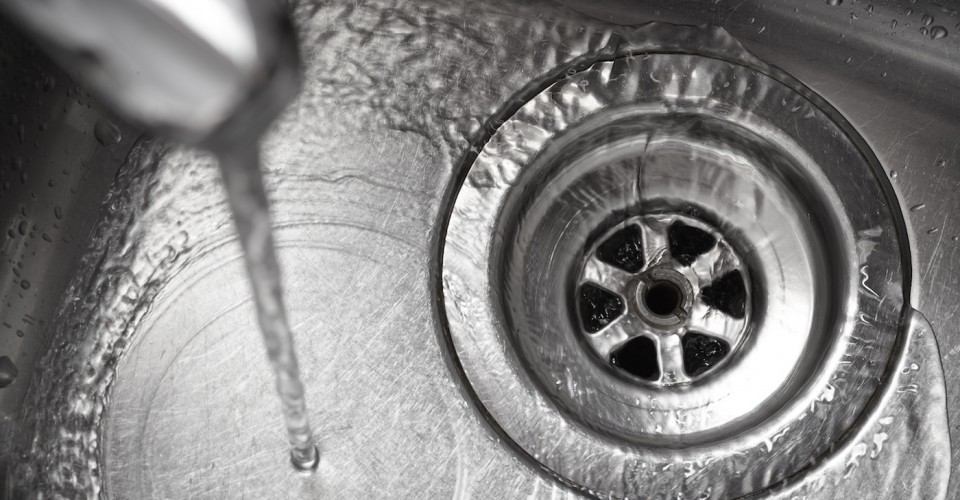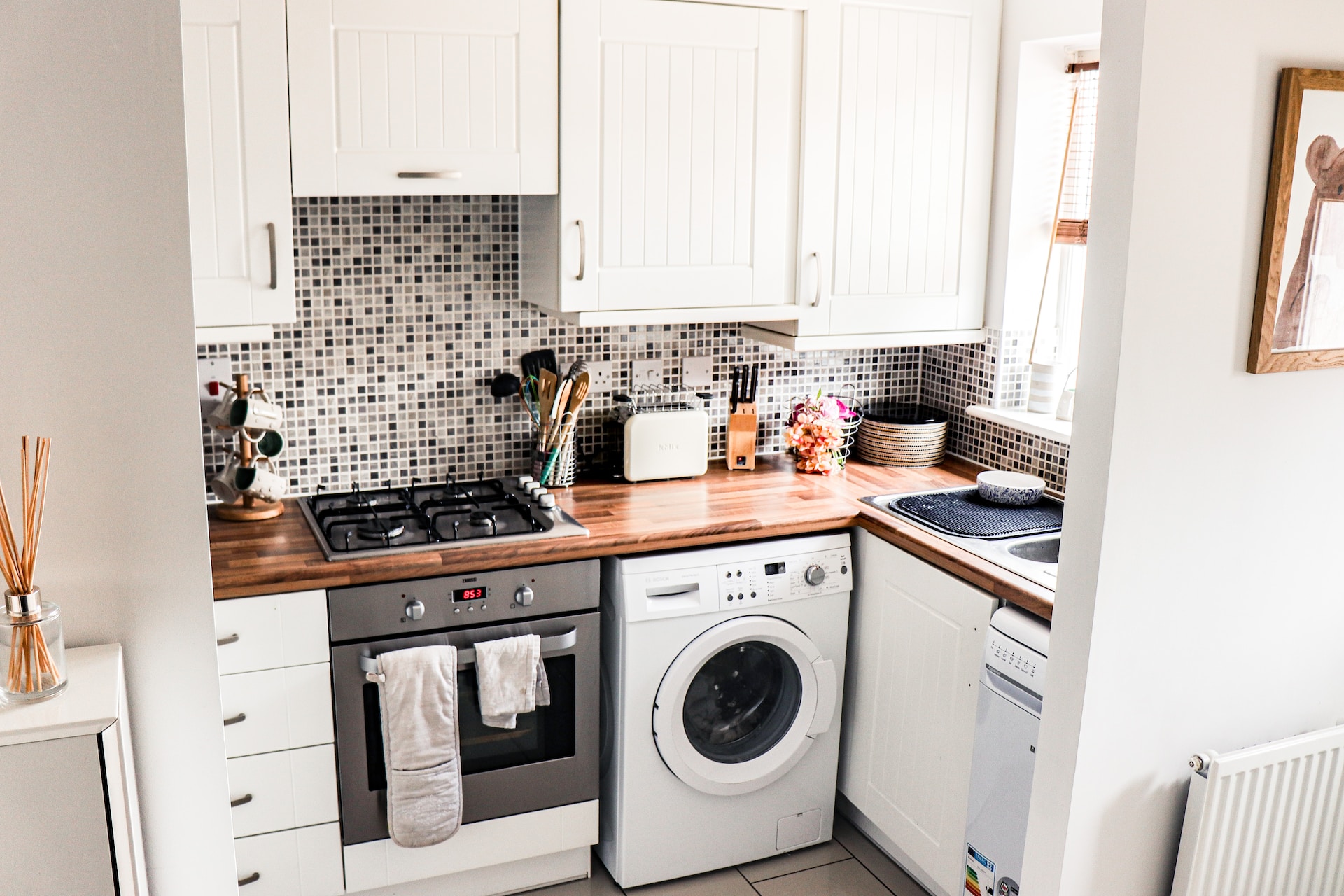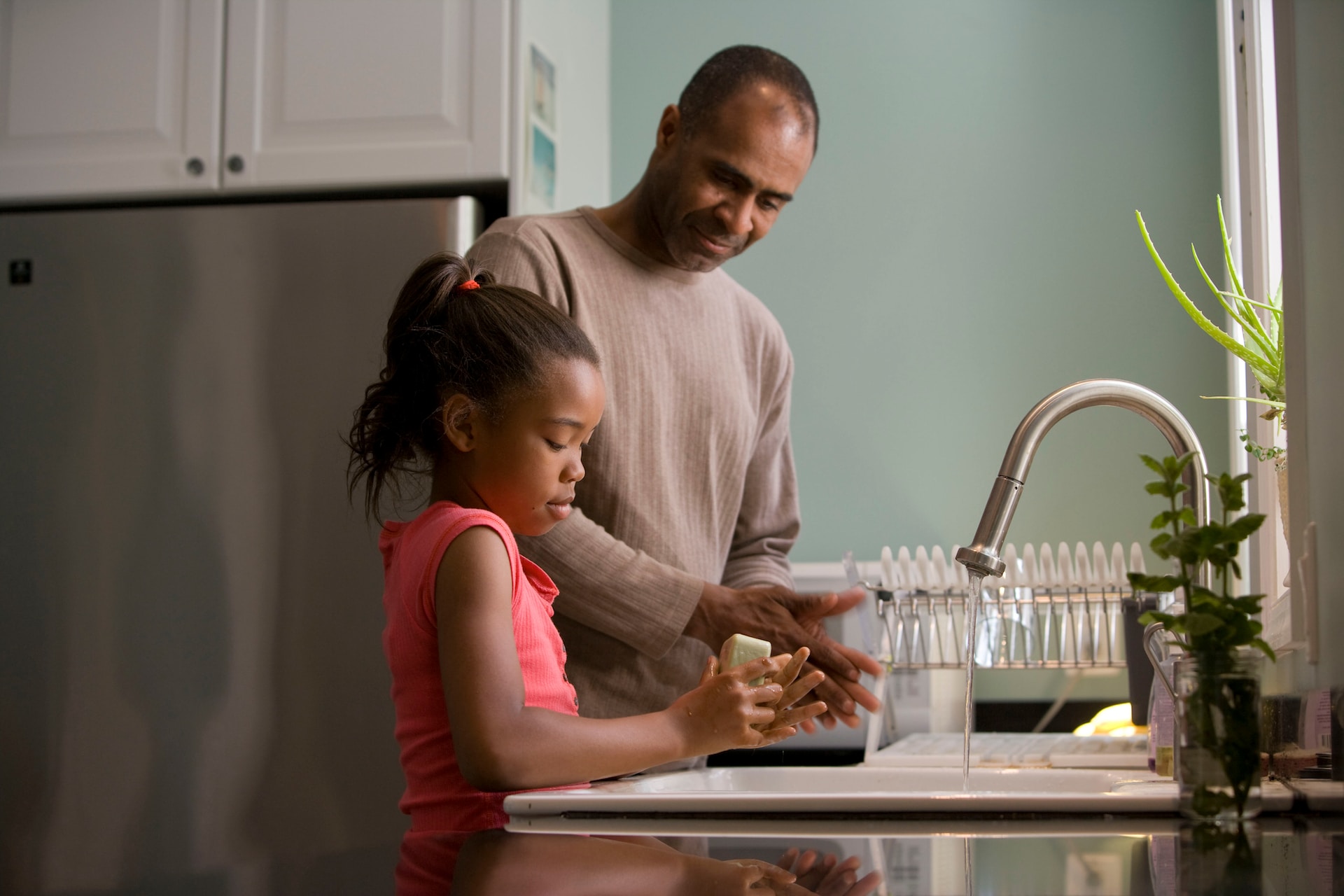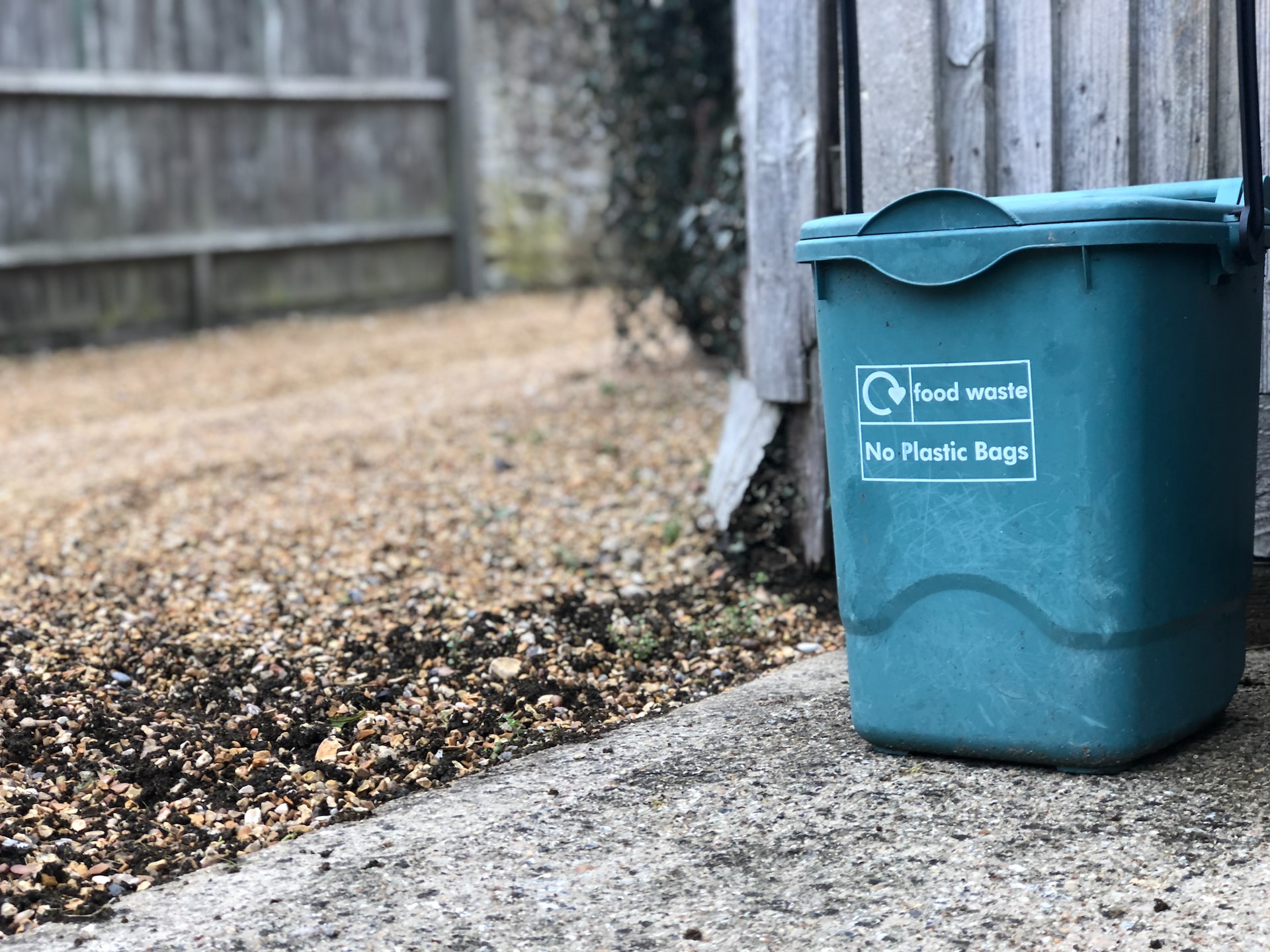Want to know the easiest way to conserve water? Fix your leaks. Your toilets, showers, sinks and other indoor water appliances are most likely leaking unnecessary amounts water, wasting precious H2O as well as your money. In fact, if all the old toilets in the U.S. were replaced with water efficient models, we would save 520 billion gallons of water each year! That’s the equivalent of the amount of water that flows over Niagara falls in 12 days.
The EPA’s Water Sense website is an amazing resource for homeowners to learn how to save water, and money, by making simple changes to the home. Upgrading appliances and faucets is by far the easiest change to make, far easier than instituting 2 minute showers or regulating your family to 1 flush a day.
In general, major water appliances like dishwashers, washing machines and toilets purchased before 1995 should be upgraded to newer, more efficient models. If you are considering a laundry room, kitchen or bathroom remodel, be sure that the most water-conscious models are considered.
Here are some facts about water leaks (from the Water Sense website):
The facts on leaks
- The average household’s leaks can account for more than 10,000 gallons of water wasted every year, or the amount of water needed to wash 270 loads of laundry.
- Household leaks can waste more than 1 trillion gallons annually nationwide. That’s equal to the annual household water use of more than 11 million homes.
- 10% of homes have leaks that waste 90 gallons or more per day.
- Common types of leaks found in the home include worn toilet flappers, dripping faucets, and other leaking valves. All are easily correctable.
- Fixing easily corrected household water leaks can save homeowners about 10 percent on their water bills.
- Keep your home leak-free by repairing dripping faucets, toilet flappers, and showerheads. In most cases, fixture replacement parts don’t require a major investment.
- Most common leaks can be eliminated after retrofitting a household with new WaterSense labeled fixtures and other high-efficiency appliances.
Once you understand the facts, it’s easy to understand the importance of saving water wherever we can, both inside the home and outside the home. Here are some ways to address the common water-loss areas of your home.
Toilets
Toilets account for nearly 30% of a home’s total water consumption, so it’s an important appliance to update. Toilets manufactured before the mid-1990’s generally use about 6 gallons of water for each flush. When the 1992 Energy Policy Act was signed, it mandated that all new toilets switch to a much lower 1.6 gallons per flush. The EPA’s Water Sense program actually recommends a lower 1.28 gallons, which is 20% lower than the government standard. Low-water use toilets are easy to find, all models label the gallons used per flush and there are even models with the WaterSense label.
Toilet facts:
- To see if your toilet is leaking, place several drops of food coloring in the water tank. Wait 15 minutes. If you see any dye in the toilet bowl, you have a leak.
- Switching an old toilet to a newer, more efficient model, can save a household nearly 13,000 gallons of water each year. That’s nearly $110 savings each year in water costs.
Toilet fixes:
- Look for a new toilet with the WaterSense label
- If you have a new toilet and it is still leaking, it is most likely because of a faulty toilet flapper. This rubber device weakens over time but can easily be replaced.
Showers and shower heads
For the average household, showers account for nearly 17% of indoor water usage in the home, or about 40 gallons per day. The normal shower head releases 2.5 gallons of water per minute but WaterSense recommends switching to a model that uses only 2 gallons of water per minute. This savings sounds small however, it could save you about 2,900 gallons of water per year.
Shower facts:
- Showers that waste water are also wasting the energy used to heat up the water
- The 2,900 gallons of water per year that you could save in water could also save you about $70 per year in energy costs
Shower fixes:
- Replace shower heads that release less than 2 gallons of water per minute
- Replace and fix any other shower leaks that might come from the valve or at other connection points
Faucets and sink components
Another common area of water consumption is unnecessarily running the water faucet. Habits may be hard to break however, simply turning the water off while brushing teeth or scrubbing dishes is an easy fix. Other fixes may be to insert an aerator into the tap or fixing drips and known leaks.
Faucet facts:
- A faucet that drips at the rate of 1 drip per second can waste nearly 3,000 gallons of water per year. That’s enough water to take 180 showers.
- The standard faucet flow is 2.2 gallons of water per minute. WaterSense recommends updating faucets to allow for 1.5 gallons per minute, about 30% less.
Faucet fixes:
- Turn off the faucet when you don’t actively need water (washing your hands, washing dishes, brushing teeth, etc.)
- Add an updated faucet aerator, which simply mixes air with water to create a non-splashing stream of water
Washing machine and dishwasher
These major appliances should be upgraded and replaced with Energy Star rated versions. It may cost you more upfront however the water and energy savings is significant over time. Washing machines over the age of 1998 are significantly less efficient than newer models.
Washing machine facts:
- The average U.S. household does 300 loads of laundry each year
- Energy Star rated washing machines use 20% less energy and 35% less water than standard models
Dishwasher facts:
- Dishwashers built before 1994 waste, on average, 10 gallons more water per load cycle
- Homes with older dishwashers spend more on energy costs, paying nearly $40 more on utility costs per year
Need more help figuring out where the most common sources of water leaks are coming from on your property? Use this interactive calculator from Home Water Works.




